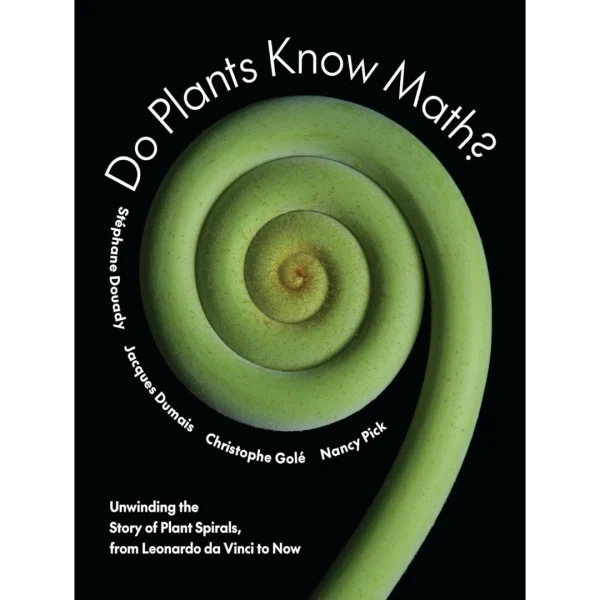
Do Plants Know Math?: Unwinding the Story of Plant Spirals, from Leonardo da Vinci to Now
Original price was: $27.95.$14.99Current price is: $14.99.
PDF 267 MB • Pages: 425
- 100% Satisfaction Guaranteed!
- Immediate Digital Delivery
- Download Risk-Free
A breathtakingly illustrated look at botanical spirals and the scientists who puzzled over them
Charles Darwin was driven to distraction by plant spirals, growing so exasperated that he once begged a friend to explain the mystery “if you wish to save me from a miserable death.” The legendary naturalist was hardly alone in feeling tormented by these patterns. Plant spirals captured the gaze of Leonardo da Vinci and became Alan Turing’s final obsession. This book tells the stories of the physicists, mathematicians, and biologists who found themselves magnetically drawn to Fibonacci spirals in plants, seeking an answer to why these beautiful and seductive patterns occur in botanical forms as diverse as pine cones, cabbages, and sunflowers.
Do Plants Know Math? takes you down through the centuries to explore how great minds have been captivated and mystified by Fibonacci patterns in nature. It presents a powerful new geometrical solution, little known outside of scientific circles, that sheds light on why regular and irregular spiral patterns occur. Along the way, the book discusses related plant geometries such as fractals and the fascinating way that leaves are folded inside of buds. Your neurons will crackle as you begin to see the connections. This book will inspire you to look at botanical patterns—and the natural world itself—with new eyes.
Featuring hundreds of gorgeous color images, Do Plants Know Math? includes a dozen creative hands-on activities and even spiral-plant recipes, encouraging readers to explore and celebrate these beguiling patterns for themselves.
You must be logged in to post a review.

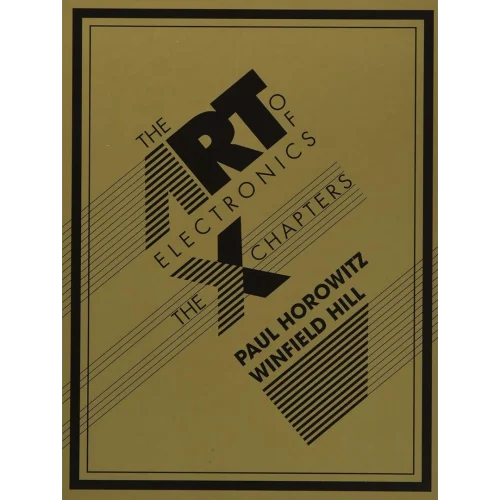
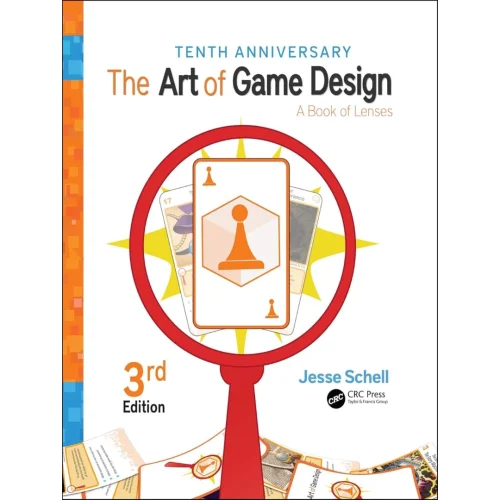
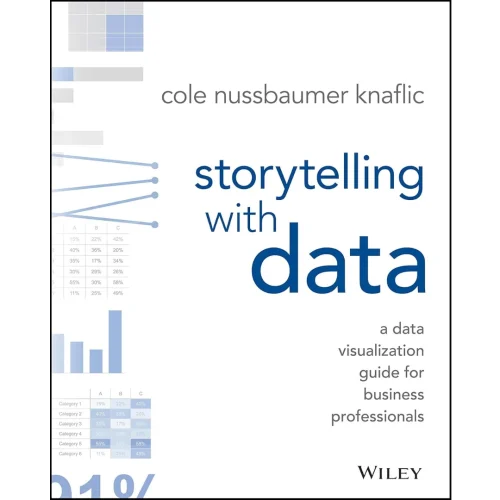
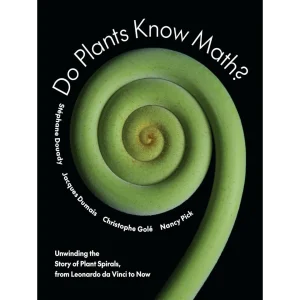
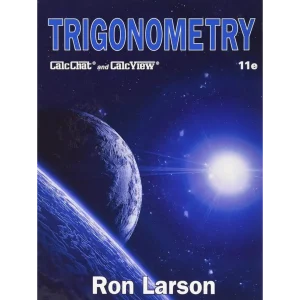
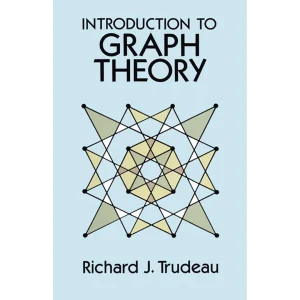




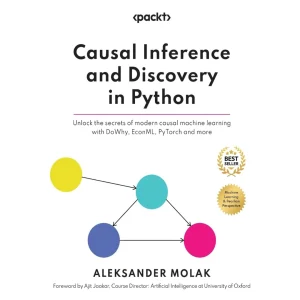

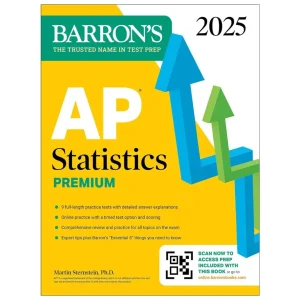

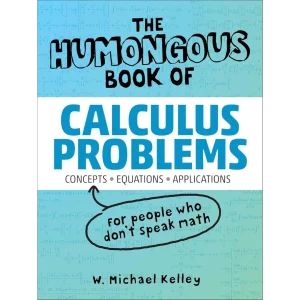
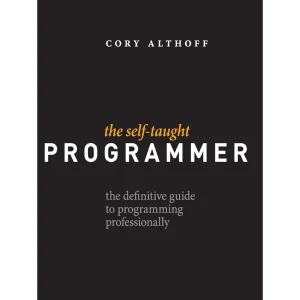



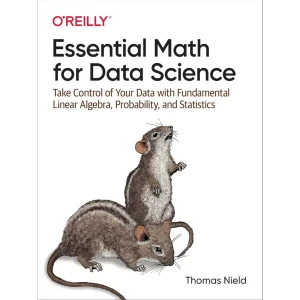

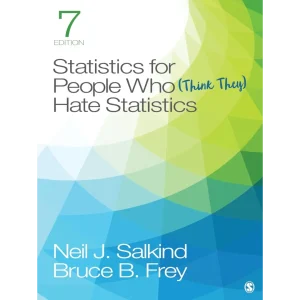
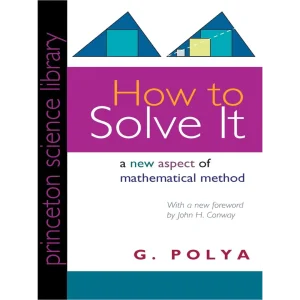
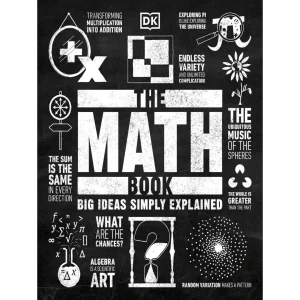
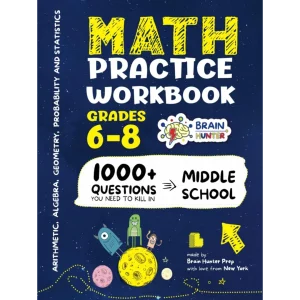

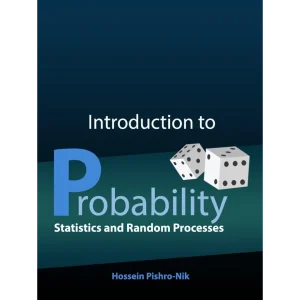



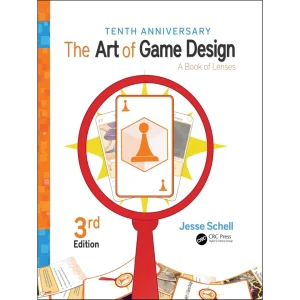
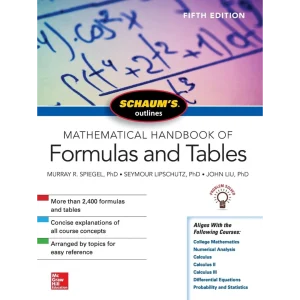

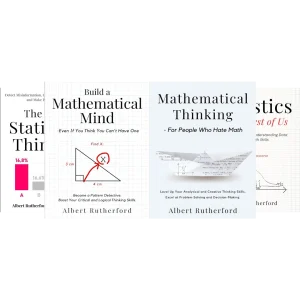

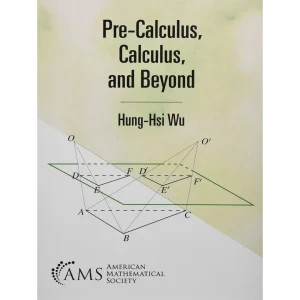
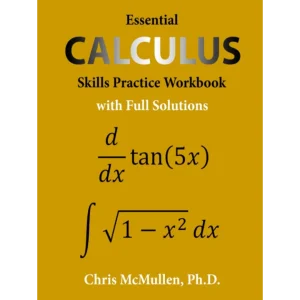
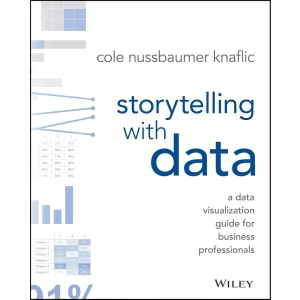
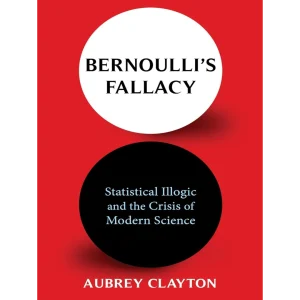









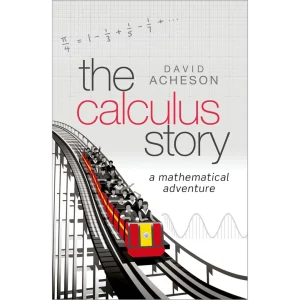
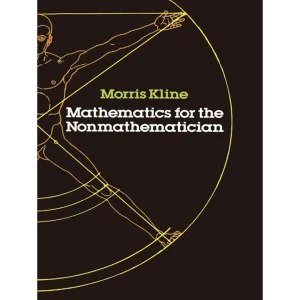
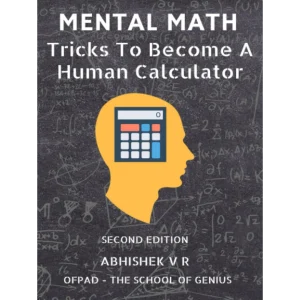
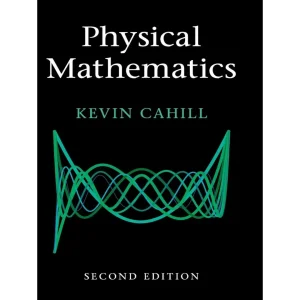

Reviews
There are no reviews yet.